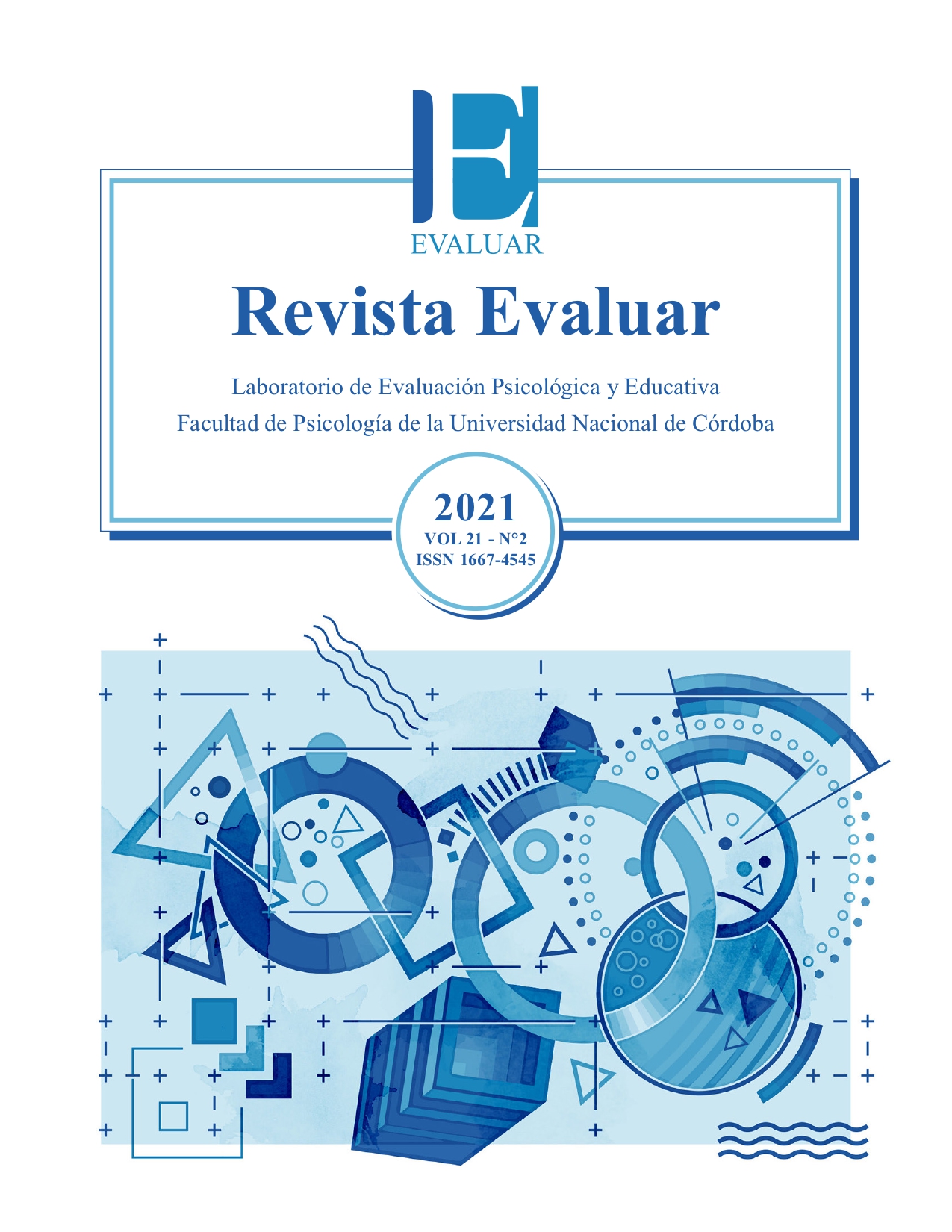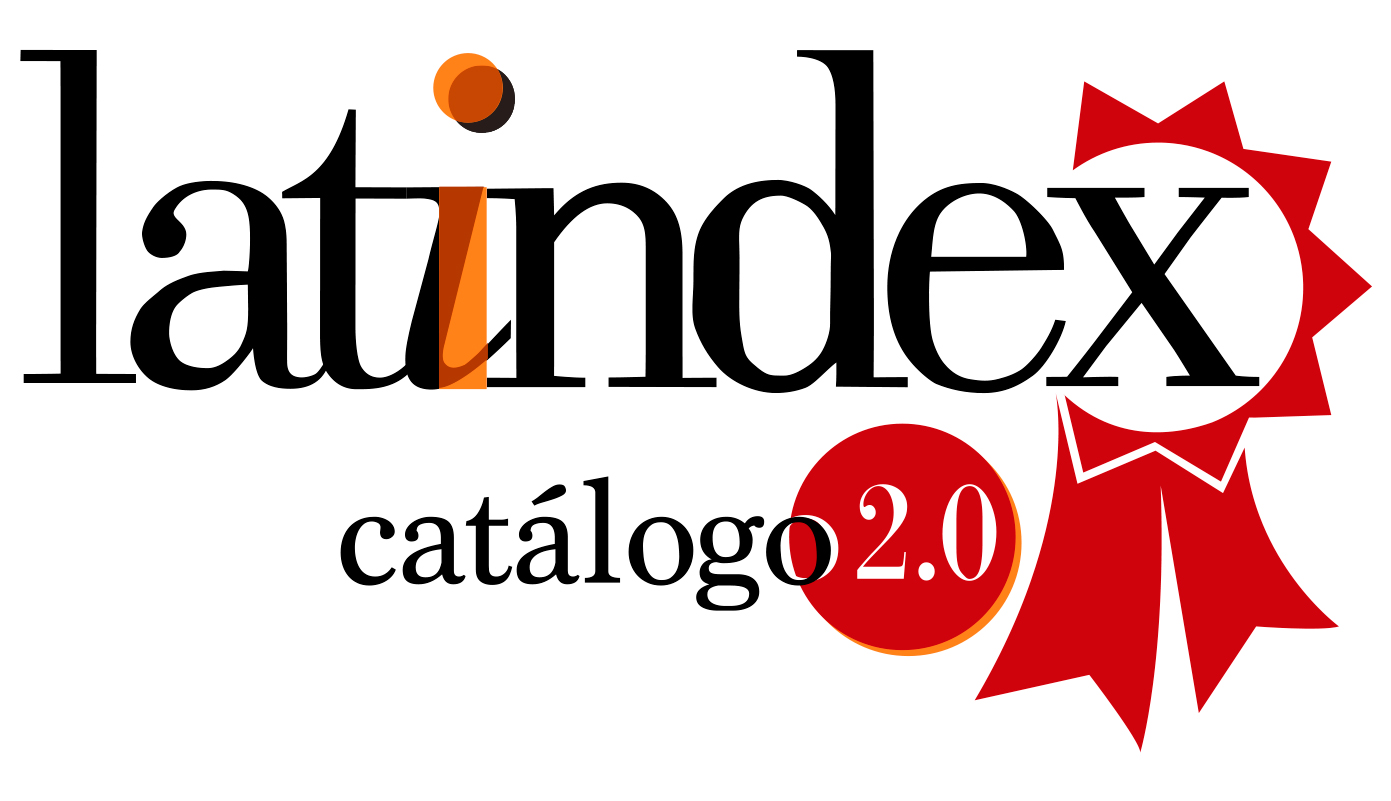Percepcion of Hubris syndrome in a sample of employees in Puerto Rico
DOI:
https://doi.org/10.35670/1667-4545.v21.n2.34391Keywords:
Hubris syndrome, leadership, leadership style, Cronos syndrome, Hubris, employees, workersAbstract
In this investigation we analyzed the perception of the existence of the Hubris syndrome, its relationship with the Cronos syndrome and leadership styles. The sample consisted of 298 employees from Puerto Rico between the ages of 21 and 64. The Hubris Syndrome Perception Scale (PSH-25), the Cronos Syndrome Perception Scale and the Questionnaire of Leadership Styles (CELID-S) were administered. Four factors were identified: narcissistic aspect and exaltation of self-image (α = .94), treatment and consideration towards their subordinates (α = .94), closeness or isolation of the leader towards his subordinates (α = .91)
and the leader’s feeling of grandiosity (α = .85). Finally, Hubris syndrome was found to correlate with both Cronos syndrome and leadership styles.
Downloads
References
American Psychiatric Association. (2013). Diagnostic and statistical manual of mental disorders (5a ed.). Arlintong, VA: American Psychiatric Association. doi: 10.1176/appi.books.9780890425596
American Psychological Association. (s. f.). En APA Dictionary of Psychology. Recuperado en junio de 2020, de https://dictionary.apa.org
Castro-Solano, A., Nader, M., & Casullo, M. M. (2004). La evaluación de los estilos de liderazgo en población civil y militar argentina. Revista de Psicología, 22(1), 63-88. doi: 10.18800/psico.200401.004
Chan, S. C. H., Huang, X., Snape, E., & Lam, C. K. (2013). The Janus face of paternalistic leaders: Authoritarianism, benevolence, subordinates’ organization-based self-esteem, and performance. Journal of Organizational Behavior, 34(1), 108-128. doi: 10.1002/job.1797
Chatterjee, A., & Hambrick, D. C. (2007). It is all about me: Narcissistic chief executive officers and their effects on company strategy and performance. Administrative Science Quarterly, 52(3), 351-386. doi: 10.2189/asqu.52.3.351
Chatterjee, A., & Pollock, T. G. (2017). Master of puppets: How narcissistic C.E.O. construct their professional worlds. The Academy of Management Review, 42(4), 703-725. doi: 10.5465/amr.2015.0224
Claxton, G., Owen, D., & Sadler-Smith, E. (2015). Hubris in leadership: A peril of unbridled intuition? Leadership, 11(1), 57-78. doi: 10.1177/1742715013511482
Cormier, D., Lapointe-Antunes, P., & Magnan, M. (2016). CEO power and CEO hubris: A prelude to financial misreporting? Management Decision, 54(2), 522-554. doi: 10.1108/MD-04-2015-0122
Cragun, O. R., Olsen, K. J., & Wright, P. M. (2020). Making CEO narcissism research great: A Review and meta-analysis of CEO narcissism.
Journal of Management, 46(6), 908-936. doi: 10.1177/0149206319892678
Dashineau, S. C., Edershile, E. A., Simms, L. J., & Wright, A. G. C. (2019). Pathological narcissism and psychosocial functioning. Personality Disorders: Theory, Research, and Treatment, 10(5), 473-478. doi: 10.1037/per0000347
Desrumaux, P., Machado, T., Vallery, G., & Michel, L. (2016). Bullying of the manager and employees’ prosocial or antisocial behaviors: Impacts on equity, responsibility judgments, and witnesses’ help-giving. Negotiation and Conflict Management Research, 9(1), 44-59. doi: 10.1111/ncmr.12064
Eckhaus, E., & Sheaffer, Z. (2018). Managerial hubris detection: The case of Enron. Risk Management, 20, 304-325. doi: 10.1057/s41283-018-0037-0
Fiaz, M., Su, Q., Amir, I., & Saqib, A. (2017). Leadership styles and employees’ motivation: Perspective from an emerging economy. The Journal of Developing Areas, 51(4), 143-156. doi: 10.1353/jda.2017.0093
Field, A. (2018). Discovering statistics using IBM SPSS Statistics (5a ed.). Thousand Oaks, CA: Sage Publications.
Flores-Sandí, G. (2011). Síndrome de Cronos. Acta Médica Costarricense, 53(3), 121-128. Recuperado de https://www.redalyc.org/articulo.oa?id=43419242003
Ham, C., Seybert, N., & Wang, S. (2018). Narcissism is a bad sign: CEO signature size, investment, and performance. Review of Accounting Studies, 23(1), 234-264. doi: 10.1007/s11142-017-9427-x
Harold, C. M., & Holtz, B. C. (2015). The effects of passive leadership on workplace incivility. Journal of Organizational Behavior, 36(1), 16-38. doi: 10.1002/job.1926
Hayward, M. L. A., & Hambrick, D. C. (1997). Explaining the premiums paid for large acquisitions: Evidence of CEO Hubris. Administrative Science Quarterly, 42(1), 103-127. doi: 10.2307/2393810
IBM Corporation. (2019). IBM SPSS Statistics for Windows, Version 26.0 [Software de cómputo]. Armonk, NY: IBM Corp.
Ingersoll, A. R., Glass, C., Cook, A., & Olsen, K. J. (2019). Power, status and expectations: How narcissism manifests among women CEOs. Journal of Business Ethics, 158(4), 893-907. doi: 10.1007/s10551-017-3730-0
Jiménez-Collante, A., & Villanueva-Flores, M. (2018). Los estilos de liderazgo y su influencia en la organización: Estudio de casos en el Campo de Gibraltar. Gestión Joven, 18, 183-195. Recuperado de http://elcriterio.com
Li, J., & Tang, Y. (2010). CEO Hubris and firm risk taking in China: The moderating role of managerial discretion. Academy of Management Journal, 53(1), 45-68. doi: 10.5465/AMJ.2010.48036912
Li, J., & Tang, Y. (2013). The social influence of executive hubris: Cross-cultural comparison and indigenous factors. Management International Review, 53(1), 83-107. doi: 10.1007/s11575-012-0164-x
Lin, Y., & Wu, J. (2018). A study of the effects of leadership styles on innovation management and organizational innovation in environmental protection industry. Ekoloji, 27(106), 771-777. Recuperado de http://www.ekolojidergisi.com
Littlewood-Zimmerman, H. F., & Bernal-García, E. R. (2016). El perfil de la soberbia en el trabajo. Revista de Investigación en Ciencias Contables y Administrativas, 1(2), 178-195. Recuperado de https://ricca.umich.mx/index.php/ricca/article/view/20/43
Malmendier, U., & Tate, G. (2005). Does overconfidence affect corporate investment? CEO overconfidence measures revisited. European Financial Management, 11(5), 649-659. doi: 10.1111/j.1354-7798.2005.00302.x
Mercado, U., Rosario-Rodríguez, A., Fuentes-Sumaza, A., Cruz-Félix, A. (2020). Desarrollo y validación de la escala de percepción del síndrome de Cronos en una muestra de empleados en Puerto Rico. Revista Caribeña de Psicología. 4(3), 272-280. doi: 10.37226/rcp.v4i3.3445
Merriam-Webster. (s.f.). Hubris. En Merriam-Webster.com dictionary. Recuperado en junio de 2020, de https://www.merriam-webster.com/dictionary/hubris
Mulder, R., Pouwelse, M., Lodewijkx, H., Bos, A. E. R., & Van Dam, K. (2016). Predictors of antisocial and prosocial behavior of bystanders in workplace mobbing. Journal of Community & Applied Social Psychology, 26(3), 207-220. doi: 10.1002/casp.2244
Oesterle, M. J., Elosge, C., & Elosge, L. (2016). Me, myself, and I: The role of CEO narcissism in internationalization decisions. International Business Review, 25(5), 1114-1123. doi: 10.1016/j.ibusrev.2016.02.001
Owen, D. (2006). Hubris and nemesis in heads of government. Journal of the Royal Society of Medicine, 99(11), 548-551. doi: 10.1177/014107680609901110
Owen, D. (2008). Hubris syndrome. Clinical Medicine Journal, 8(4), 428-432. doi: 10.7861/clinmedicine.8-4-428
Owen, D., & Davidson, J. (2009). Hubris syndrome: An acquired personality disorder? A study of US presidents and UK prime ministers over the last 100 years. Brain, 132(5), 1396-1406. doi: 10.1093/brain/awp008
Petit, V., & Bollaert, H. (2012). Flying too close to the sun? Hubris among CEOs and how to prevent it. Journal of Business Ethics, 108(3), 265-283. doi: 10.1007/s10551-011-1097-1
Picone, P. M., Dagnino, G. B., & Minà, A. (2014). The origin of failure: A multidisciplinary appraisal of the Hubris hypothesis and proposed research agenda. Academy of Management Perspectives, 28(4), 447-468. doi: 10.5465/amp.2012.0177
Ramos, V., Jordão, F., & Morais, T. (2012). Desarrollo y validación del Inventario para Medir la Articulación entre la Persona y la Organización (Inventario APO). Revista Evaluar, 12(1), 60-82. Recuperado de https://revistas.unc.edu.ar/index.php/revaluar
Rodas-Tobar, M., & Carchi-Arias, J. A. (2014). Estudio comparativo de los estilos de liderazgo y la percepción de los seguidores. Caso Empresa Industrial INDUGLOB (Tesis de maestría, Universidad del Azuay). Recuperado de http://dspace.uazuay.edu.ec/handle/datos/3721
Sadler-Smith, E., Robinson, G., Akstinaite, V., & Wray, T. (2018). Hubristic leadership: Understanding the hazard and mitigating the risks. Organizational Dynamics, 48(2), 8-18. doi: 10.1016/j.orgdyn.2018.05.007
Schuh, S. C., Zhang, X., & Tian, P. (2013). For the good or the bad? Interactive effects of transformational leadership with moral and authoritarian leadership behaviors. Journal of Business Ethics, 116(3), 629-640. doi: 10.1007/s10551-012-1486-0
Struthers, C. W., Miller, D. L., Boudens, C. J., & Briggs, G. L. (2001). Effects of causal attributions on coworker interactions: A social motivation perspective. Basic and Applied Social Psychology, 23(3), 169-181. doi: 10.1207/S15324834BASP2303_3
Sudha, K. S., & Shahnawaz, M. G. (2020). Narcissism personality trait and performance: Task-oriented leadership and authoritarian styles as mediators. Leadership & Organization Development Journal, 41(2), 280-293. doi: 10.1108/LODJ-09-2019-0399
Tang, J., Crossan, M., & Rowe, W. G. (2011). Dominant CEO, deviant strategy, and extreme performance: The moderating role of a powerful board. Journal of Management Studies, 48(7), 1479-1503. doi: 10.1111/j.1467-6486.2010.00985.x
Tokarev, A., Phillips, A. R., Hughes, D. J., & Irwing, P. (2017). Leader dark traits, workplace bullying, and employee depression: Exploring mediation and the role of the dark core. Journal of Abnormal Psychology, 126(7), 911-920. doi: 10.1037/abn0000299
Tsui, A. S., Wang, H., Xin, K., Zhang, L., & Fu, P. P. (2004). Let a Thousand Flowers Bloom: Variation of leadership styles among Chinese CEOs. Organizational Dynamics, 33(1), 5-20. Recuperado de https://psycnet.apa.org/doi/10.1016/j.orgdyn.2003.11.002
Zhang, H., Ou, A. Y., Tsui, A. S., & Wang, H. (2017). CEO humility, narcissism, and firm innovation: A paradox perspective on CEO traits. The Leadership Quarterly, 28(5), 585-604. doi: 10.1016/j.leaqua.2017.01.003
Downloads
Published
How to Cite
Issue
Section
License
Copyright (c) 2021 Miguel Ángel Colón-Negrón, Adam Rosario-Rodríguez, Andrés Cruz-Santos

This work is licensed under a Creative Commons Attribution 4.0 International License.
Revista Evaluar aplica la Licencia Internacional de Atribuciones Comunes Creativas (Creative Commons Attribution License, CCAL). Bajo esta licencia, los autores retienen la propiedad de copyright de los artículos pero permiten que, sin que medie permiso de autor o editor, cualquier persona descargue y distribuya los artículos publicados en Evaluar. La única condición es que siempre y en todos los casos se cite a los autores y a la fuente original de publicación (i.e. Evaluar). El envío de artículos a Evaluar y la lectura de los mismos es totalmente gratuito.




_(3).jpg)



.jpg)



